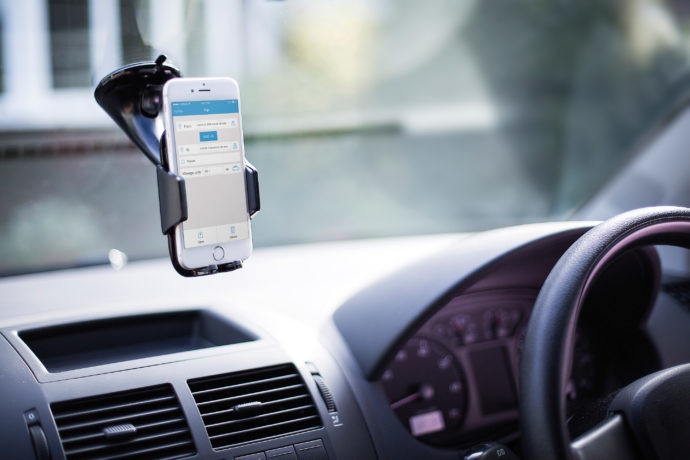
How to stay on the straight and narrow with travel expenses
Trying to safely navigate the tax rules on travel expenses is a perilous journey for any business. And the punishments for getting things wrong can be serious as the Australian Taxation Office (ATO) clamps down on illegitimate claims.
The cross-agency Serious Financial Crime was set up in 2015 to help police tax and has already carried out more than 420 audits, leading to five convictions and repayments of $99.79 million.
But fears about the complexity of tax legislation can also prevent companies from claiming the deductions they’re entitled to. Muddying the water is the fact that travel rules changed in 2015.
One of the most common areas of confusion is over the reclaiming of Goods and Services Tax (GST) on mileage reimbursements. These deductions can be made for any expense incurred in running a vehicle that your business owns or leases.
If the vehicles are also used for private purposes, you may be liable to pay Fringe Benefits Tax (FBT), with these costs also being tax-deductible.
What changed in 2015 was a simplification of the methods used to keep track of deductible mileage expenses. Rather than having four different systems, the ATO reduced it to two. These are now:
Cents per Kilometre
This methods bases claims on a set rate for each business kilometre that an employee has travelled, with a maximum of 5,000 kilometres per vehicle. No written evidence is required when using this method but ATO are liable to request information on how amounts have been worked out.
To find out how much you can claim, you multiply the business kilometres travelled by the number of cents per kilometre. This rate is adjusted each year.
Business Use Percentage
Commonly known as the logbook method, this bases claims on a detailed record of how a vehicle is used over a 12 week consecutive period. This information is used to work out its ‘typical’ business usage.
To do this a logbook is kept to keep track of each journey made during the 12 weeks. The information required includes all the basic details, along with odometer reading and the reason for each journey. Once this business use percentage has been worked out, it remains valid for a five-year period.
In the past, keeping a detailed log of vehicle usage has often been prohibitively time consuming for organisations. But digital expense management systems such as webexpenses have made tracking business travel a simple and hassle free process.
A smartphone app uses GPS technology to track and record the exact route and distance of any road journey, meaning there’s no longer a need to rely on mileage guesstimates.
With travel information automatically generated and digitally stored, it provides finance teams with all of the accurate information that’s required to prove the legitimacy of deductions to ATO.
So with careful negotiations through the tax maze and best use of today’s technology, companies have everything they need to ensure a safe journey when it comes to travel expenses.
Webexpenses provides a smarter way for businesses to manage employee expenses. You can find out for yourself by taking the system for a trial here.

